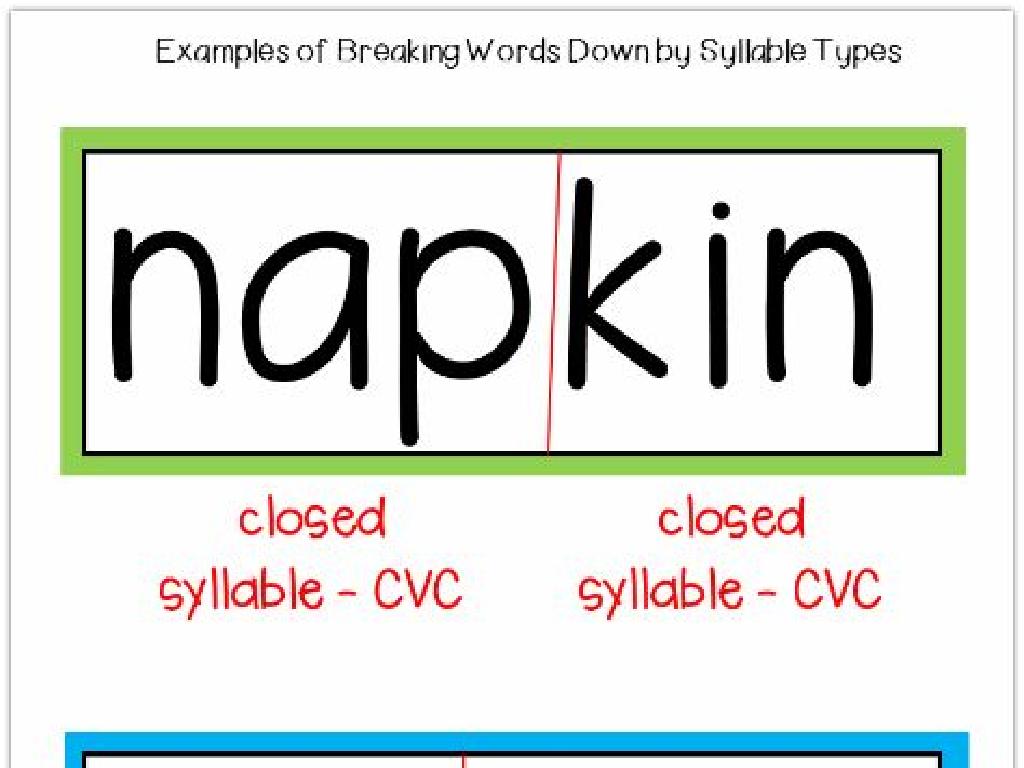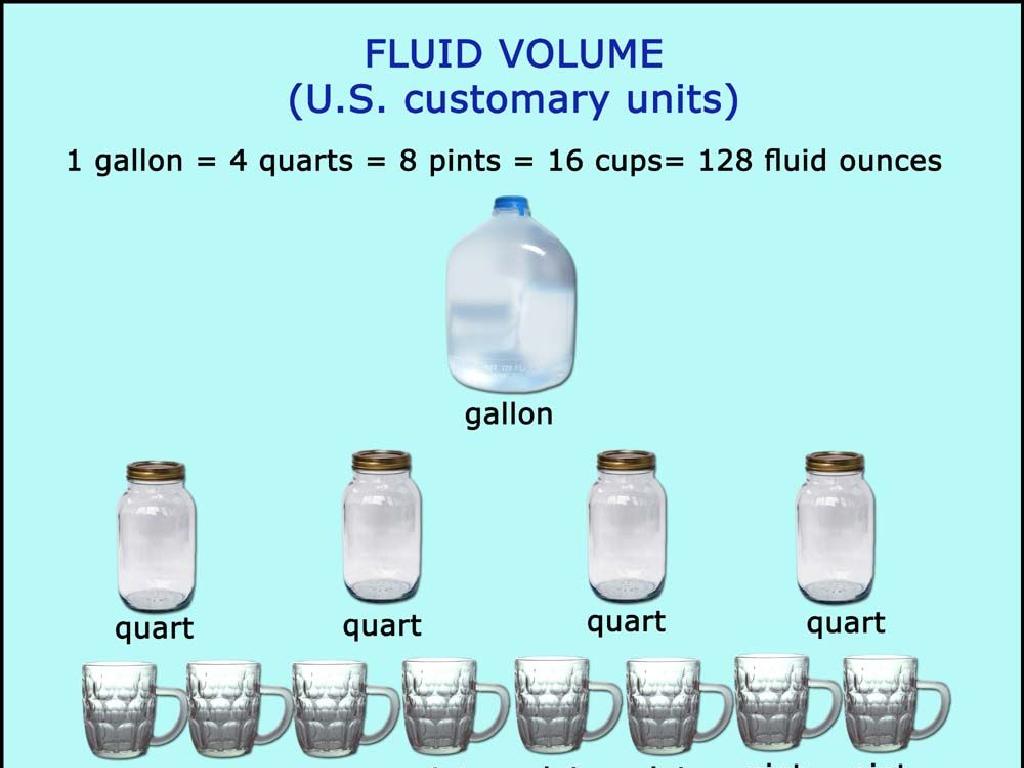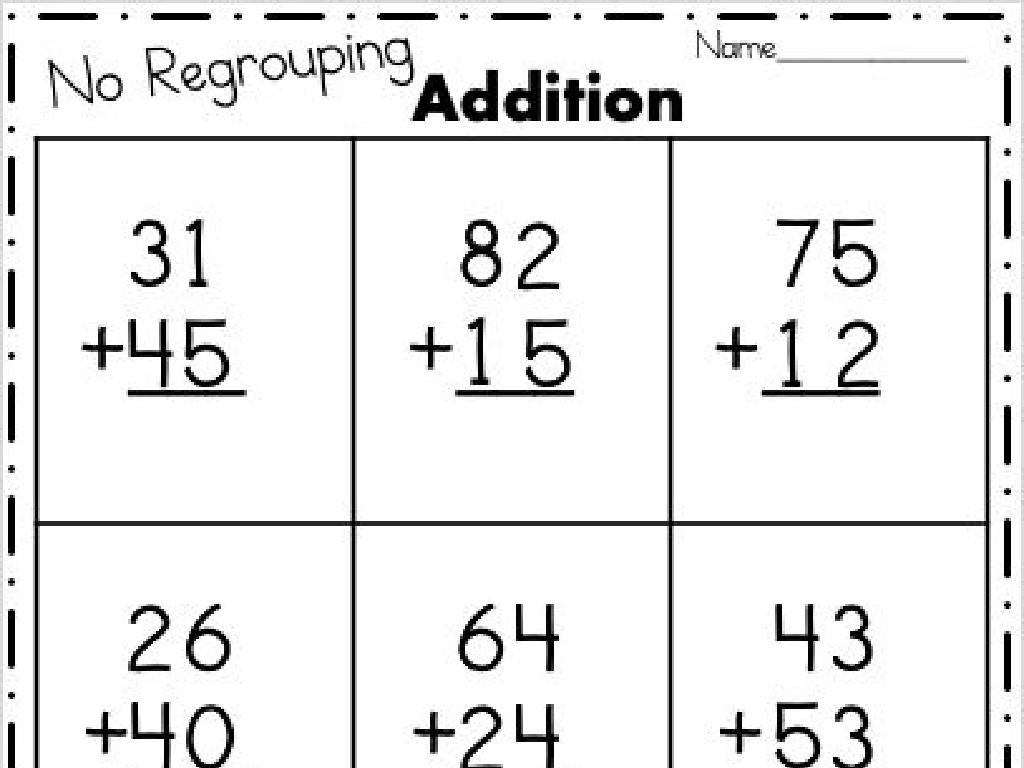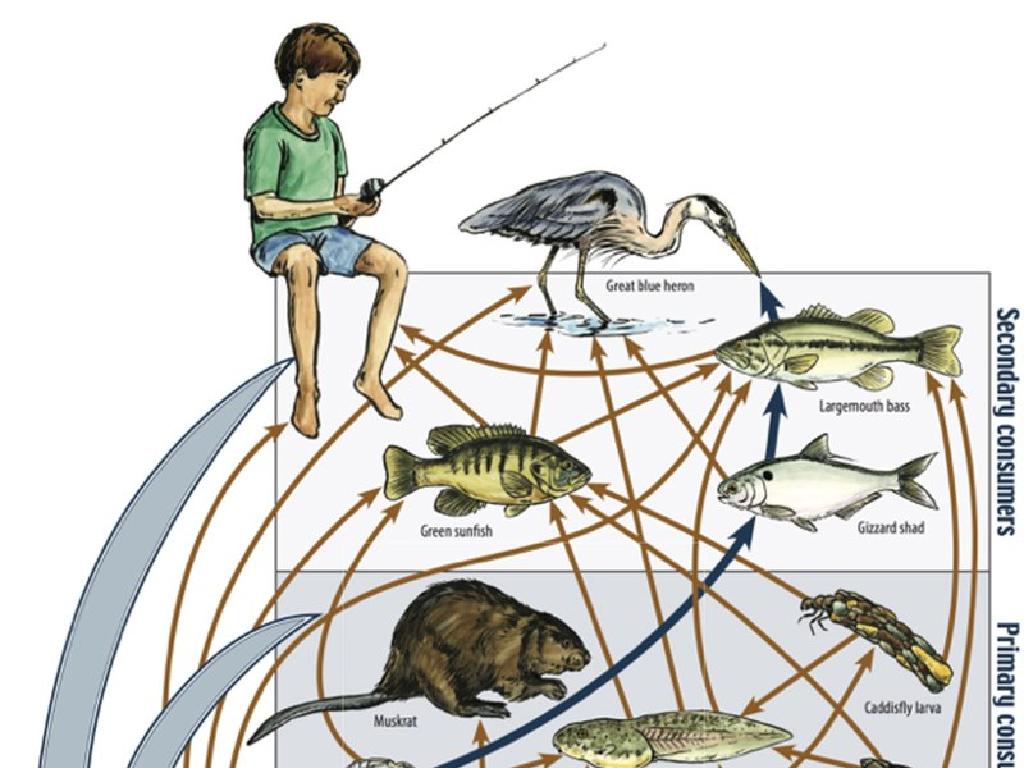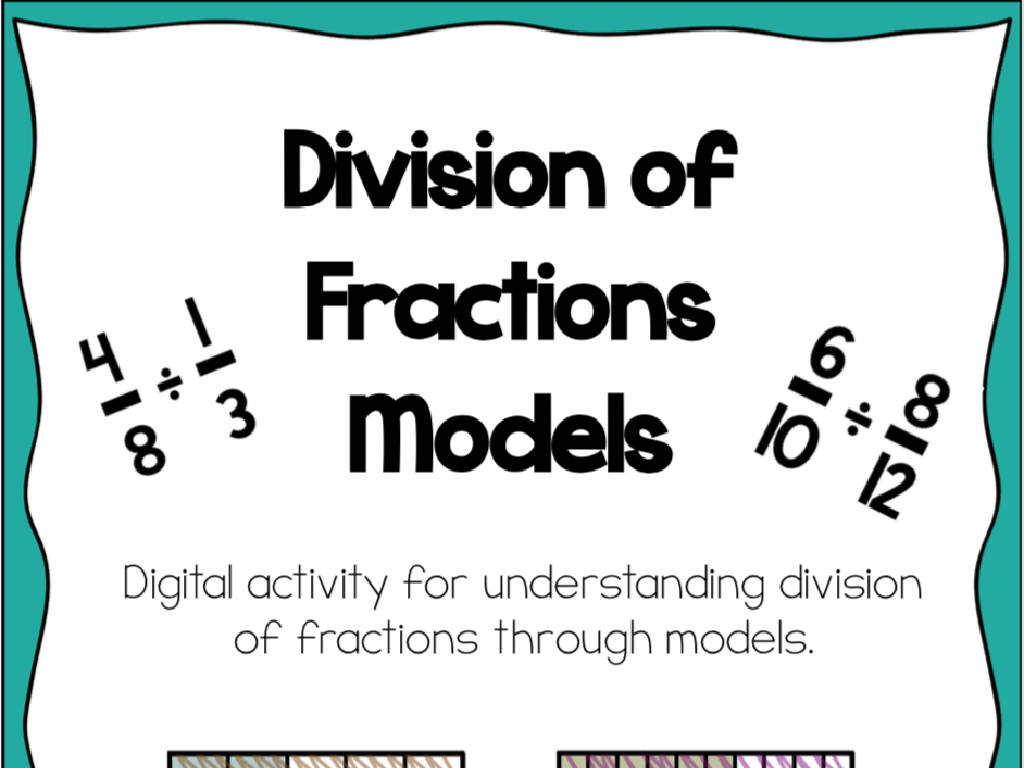Is It A Direct Object Or An Indirect Object?
Subject: Language arts
Grade: Seventh grade
Topic: Prepositions
Please LOG IN to download the presentation. Access is available to registered users only.
View More Content
Direct vs. Indirect Objects in Sentences
– Defining direct objects
– A direct object receives the action of the verb directly.
– Exploring indirect objects
– An indirect object is who or what receives the direct object.
– Role of prepositions
– Prepositions link nouns, pronouns and phrases to other words.
– Identifying objects practice
|
This slide introduces the concept of direct and indirect objects within the context of prepositions for a seventh-grade language arts class. Begin by defining a direct object as the noun or pronoun that directly receives the action of the verb. Then, explain that an indirect object is the recipient of the direct object. Clarify the role of prepositions in sentences and how they relate to objects. Engage students with examples and practice sentences to identify direct and indirect objects. Encourage students to ask questions and provide sentences of their own for analysis. This will help solidify their understanding of how objects function within sentence structure.
Understanding Prepositions
– Prepositions define relationships
– Show how words relate in space, time, direction, etc.
– Connect nouns or pronouns
– Link to other words, forming a phrase
– Use in sentences for clarity
– Common examples: in, on, at
– ‘In’ the room, ‘on’ the table, ‘at’ 3 PM
|
This slide introduces the concept of prepositions and their role in sentences, which is to show the relationship between nouns or pronouns and other words. Emphasize that prepositions are important for clarity and can indicate various types of relationships, such as location, time, and direction. Provide examples of prepositions and use them in simple sentences to illustrate their function. Encourage students to think of additional examples and to practice identifying prepositions in sentences they encounter in their reading.
Direct vs. Indirect Objects
– Direct Objects explained
– Receives the action directly from the verb, e.g., ‘She ate the cake.’
– Indirect Objects clarified
– Tells us who benefits from the action, e.g., ‘She gave HIM a gift.’
– Understanding ‘to whom’ or ‘for whom’
– Indirect objects are the recipients of the direct objects.
– Analyzing example sentences
– ‘She gave her friend a gift.’ – ‘a gift’ is the direct object, ‘her friend’ is the indirect object.
|
This slide introduces the concept of direct and indirect objects in sentences, which is a fundamental part of understanding sentence structure in English grammar. Direct objects are the recipients of the action of the verb, while indirect objects indicate to whom or for whom the action is performed. The example sentence ‘She gave her friend a gift.’ is used to illustrate the difference: ‘a gift’ is what was given (direct object), and ‘her friend’ is who received the gift (indirect object). Encourage students to identify the verb in a sentence first, then ask ‘what?’ to find the direct object and ‘to whom?’ or ‘for whom?’ to find the indirect object. Practice with additional sentences will help solidify their understanding.
Identifying Direct Objects
– How to find Direct Objects
– Ask ‘What?’ or ‘Whom?’ after the verb
– Example: Teacher’s assignment
– ‘The teacher assigned homework.’ – Homework is what was assigned
– Practice with a sentence
– Find the Direct Object in ‘He kicked the ball.’
|
This slide is focused on teaching students how to identify direct objects in sentences. Direct objects can be found by asking ‘What?’ or ‘Whom?’ after the verb. For example, in the sentence ‘The teacher assigned homework,’ asking ‘What did the teacher assign?’ helps us to identify ‘homework’ as the direct object. Provide students with practice sentences to apply this technique. For the sentence ‘He kicked the ball,’ guide students to ask ‘What did he kick?’ to find that ‘ball’ is the direct object. Encourage students to practice this method with various sentences to become comfortable with identifying direct objects.
Identifying Indirect Objects
– How to find Indirect Objects?
– Use ‘To whom?’ or ‘For whom?’
– Example: ‘She gave her friend a gift.’
– ‘To whom did she give a gift?’ helps identify ‘her friend’ as the Indirect Object.
– Practice with a sentence
– Find the Indirect Object in ‘I told my sister a story.’
|
This slide is aimed at helping students understand how to identify indirect objects in sentences. To find an indirect object, students should ask ‘To whom?’ or ‘For whom?’ after the verb. For example, in the sentence ‘She gave her friend a gift,’ asking ‘To whom did she give a gift?’ reveals that ‘her friend’ is the indirect object. The practice sentence ‘I told my sister a story’ is provided for students to apply this method. The indirect object is ‘my sister,’ answering the question ‘To whom did I tell a story?’ Encourage students to practice this technique with various sentences to become comfortable with identifying indirect objects.
Let’s Practice: Direct vs. Indirect Objects
– Partner up for object identification
– Analyze board sentence examples
– Look at the sentences on the board and discuss with your partner
– Determine direct and indirect objects
– Find the action verb, ask ‘who’ or ‘what’ to find the direct object, and ‘to whom’, ‘for whom’ to find the indirect object
– Share findings with the class
|
This interactive slide is designed for a classroom activity where students work in pairs to identify direct and indirect objects in sentences. Provide a variety of sentence examples on the board that include both direct and indirect objects. Encourage students to discuss and analyze each sentence with their partner, using the questions ‘who’ or ‘what’ after the verb to find the direct object, and ‘to whom’ or ‘for whom’ to identify the indirect object. After the activity, ask pairs to share their answers with the class to facilitate a group discussion and reinforce learning. This will help students understand the grammatical structure and function of objects within sentences.
Class Activity: Object Hunt
– Write sentences with objects
– Include both Direct and Indirect Objects in your sentences
– Exchange papers for identification
– Identify the Direct and Indirect Objects in the sentences you receive
– Discuss the findings
– Share which objects you found and how you identified them
– Reflect on the challenges
– Talk about any difficulties you had during the activity
|
This interactive class activity is designed to help students practice identifying direct and indirect objects within sentences. By working in groups, students will engage with the material collaboratively, enhancing their understanding through peer learning. After writing sentences that contain both types of objects, they will swap their work with another group for review, which encourages critical thinking and attention to detail. The subsequent class discussion will provide an opportunity to address any misconceptions and to highlight common challenges students may face. Teachers should facilitate the discussion, ensuring that each group gets feedback and that key learning points are emphasized. Possible challenges to anticipate include distinguishing between object types and understanding their roles in the sentence structure.
Understanding Objects: Conclusion & Homework
– Recap: Direct vs. Indirect Objects
– Direct objects receive the action, indirect objects receive the direct object.
– Homework: Craft 5 sentences
– Create sentences using what we’ve learned.
– Include both Direct and Indirect Objects
– Show the role of each object in your sentences.
– Study for Prepositions and Objects Quiz
|
As we wrap up today’s lesson, ensure students can differentiate between direct objects (the receiver of the action) and indirect objects (which often indicate to whom or for whom the action is done). For homework, students should write five original sentences that include both direct and indirect objects, demonstrating their understanding of the concepts. This exercise will prepare them for the upcoming quiz on prepositions and objects. Encourage them to use a variety of verbs and nouns to create meaningful sentences. In the next class, we will review their sentences and conduct a quiz to assess their grasp of prepositions and how objects function within a sentence.

